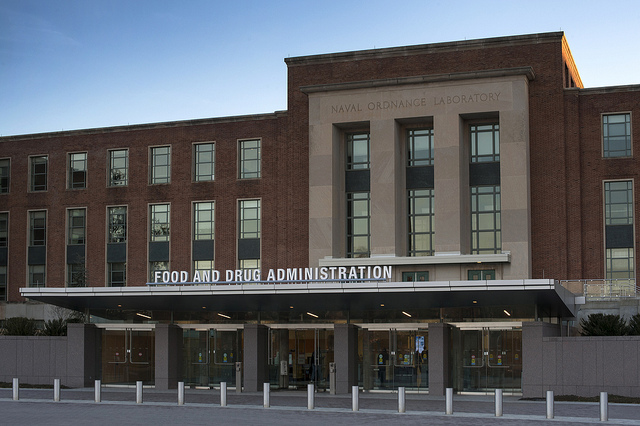
Insulin independence is a goal of type 1 diabetes drug research and cell therapy holds promise to achieve it. Several biopharmaceutical companies have programs in various stages of development for the autoimmune disorder. A small, little-known biotech company has beaten all of them to win the first FDA approval of a cell therapy for type 1 diabetes.
The company is CellTrans. FDA approval of its cell therapy, known in development as donislecel, covers adults who have type 1 diabetes and are unable to achieve their target glucose levels despite various efforts. Chicago-based CellTrans will commercialize its new cell therapy under the brand name Lantidra.
Type 1 diabetes is a condition in which the immune system destroys insulin-producing islet cells. The disorder is managed by regular administration of insulin, either by daily injections or infusions from an insulin pump. But some patients have trouble managing these blood sugar levels and they develop hypoglycemia unawareness. This inability to detect falling blood glucose keeps patients from treating themselves to prevent further declines in these levels. The FDA said Lantidra provides a treatment option for these patients.
“Severe hypoglycemia is a dangerous condition that can lead to injuries resulting from loss of consciousness or seizures,” Peter Marks, director of the FDA’s Center for Biologics Evaluation and Research, said in the agency’s June 28 approval announcement. “Today’s approval, the first-ever cell therapy to treat patients with type 1 diabetes, provides individuals living with type 1 diabetes and recurrent severe hypoglycemia an additional treatment option to help achieve target blood glucose levels.”
CellTrans was founded by Jose Oberholzer while he was a professor at the University of Illinois, Chicago. Oberholzer, the president of CellTrans, is currently a professor of surgery and biomedical engineering at the University of Virginia. The company’s cell therapy is made from pancreatic cells sourced from deceased donors. Administered as an infusion into the liver via the hepatic portal vein, these transplanted cells are intended to secrete enough insulin for the patient to stop using injections or an insulin pump to control blood sugar levels. The procedure for administering Lantidra is done under anesthesia and a patient must be hospitalized for at least 24 hours. But for some patients, the therapy’s effects can last for years.
FDA approval of Lantidra is based on results from two non-randomized, single-arm studies enrolling a total of 30 type 1 diabetes patients with hypoglycemic unawareness. These participants received at least one infusion of the therapy and a maximum of three infusions. Results showed that 21 patients did not need to take insulin for one year or more. Eleven participants maintained this insulin independence for one to five years. In 10 participants, insulin independence lasted for more than five years. However, five participants did not achieve any insulin independence.
Lantidra must be used with immunosuppressive drugs to prevent the body from rejecting the transplanted cells. Chronic immunosuppression comes with its own problems, such as a higher risk of infections and cancer. The most common reactions reported in the clinical trials included nausea, fatigue, anemia, diarrhea, and abdominal pain. The FDA said a majority of participants experienced at least one serious adverse reaction related to the infusion procedure and the use of immunosuppressive medications. Some serious adverse reactions required discontinuation of those medications. Consequently, the transplanted islet cells no longer worked.
Other type 1 diabetes cell therapy research efforts employ lab-grown islet cells derived from stem cells. Vertex Pharmaceuticals has one such candidate, VX-880. During the annual meeting of the American Diabetes Association in late June, Vertex presented data from six patients treated with the therapy, including three who received the full dose. Results showed that the therapy led to insulin secretion, improved blood sugar control, and reduction or even elimination of the need for insulin shots or infusion pumps. No serious adverse events were reported and the independent data review committee recommended that the trial proceed to Part C of the study, allowing for concurrent dosing of patients at the therapy’s full target dose.
Like the CellTrans cell therapy, Vertex’s VX-880 requires patients to receive immunosuppressive therapy. Vertex’s $329 million acquisition of ViaCyte last year brought three type 1 diabetes cell therapy candidates, including one that does not require immunosuppression. This therapy, VCTX210, is edited with CRISPR to evade detection by the immune system.
Eli Lilly is also betting on an allogeneic approach that won’t require immunosuppression. Lilly last week struck a deal to acquire partner Sigilon Therapeutics, a company whose therapeutic candidate employs stem cell-derived islet cells that are protected from a patient’s immune system by a biocompatible sphere. This program is preclinical.
Meanwhile, preclinical Quell Therapeutics is taking an autologous approach—using a patient’s own cells. The London-based startup’s therapies are made by engineering a patient’s regulatory T cells, or Tregs. AstraZeneca saw enough promise in the technology to pay Quell $85 million to kick off a partnership focused on type 1 diabetes and inflammatory bowel disease.
Photo by FDA








